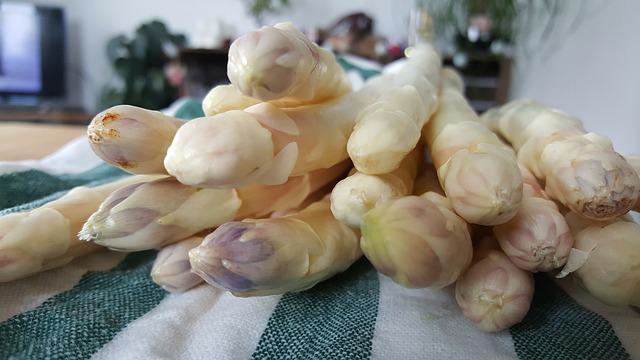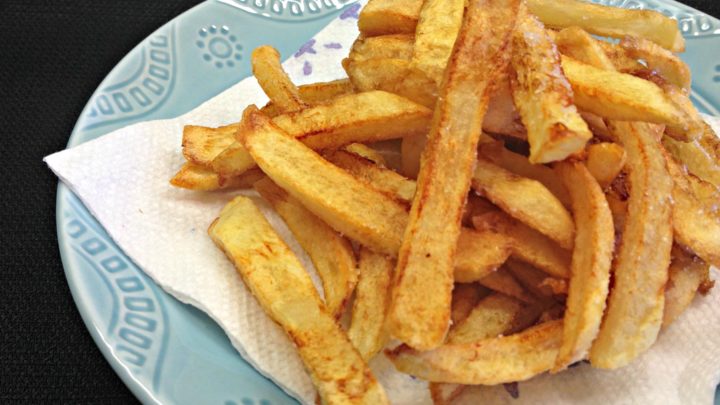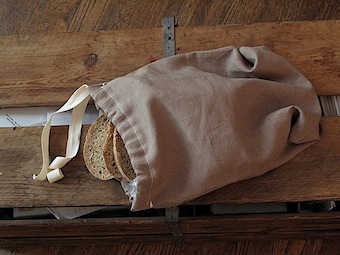
A simple but effective cooking skills checklist should be available for your children. These skills include the ability to create creative recipes and ensure safety in the kitchen. Here are some tips that will help you develop these important skills in your children. Here's an example checklist:
Here are some essential culinary skills
To be a chef, you must have a solid understanding of how to prepare good food. These skills include understanding how to prepare food, determine freshness, and convert standard recipes into larger batches. A chef must be proficient in time management, as well as a keen sense of smell and taste. He or she must also be able and competent to handle knives, food equipment, and other tools.
Sauteing can be used to cook a wide variety of foods. The best way to enjoy sauteed vegetables is with garlic butter. Braising is the oldest of cooking methods and usually involves boiling on an open fire. Although it is quite basic, it is extremely useful. It is a basic skill that can be taught to cook. It is also important to know how to use a knife and understand safety tips.
Developing creative recipes
Creative recipes are essential to your success when cooking a meal. They are a way to show off your creativity and skills. Creative thinking, also known by divergent thinking allows you to think out of the box to develop new ideas. This is a crucial skill in a cooking career as it allows for you to experiment with different cooking techniques and flavours and impress your customers. Your employer will be impressed by your creativity and willingness to try new flavours. Experiment with new flavors and ideas for menus. To improve your creativity, brainstorm and research cooking methods.

A problem with cooking skills definitions is that they can be inconsistent. While the authors do not agree on which one is more important, they do agree that the definition of the skill should change. They believe that the definition of skill should be derived from the "Golden Age", which was when people were able to cook basic meals. To ensure a healthy and vibrant future of food, we must encourage their development and use.
In a kitchen, create a safe space
For the safety of your staff, it is important to create a safe space in a commercial kitchen. The kitchen can be a potentially dangerous place with electrical appliances, bacteria, and an open fire in the oven. It is important to create a plan for cleaning the kitchen and use safety equipment. Keep children under control in the kitchen. Training employees properly and creating a safety plan are key to avoiding accidents.
All kitchen staff must be trained in fire-safety and fire-resistance. Fire-safety training is available through local fire authorities. It is important that kitchen staff know where fire extinguishers or fire blankets are located, how they operate, and how to manually activate the fire-suppression systems. It is also a good idea to train employees in CPR/first aid. Kitchens should have nonslip flooring and mats, if possible.
Food safety hazards identified
Your safety program should include identifying food safety hazards, regardless of whether you're cooking for your family or catering for special occasions. Food safety is important because it can help prevent food poisoning outbreaks and product recalls. Failure to do so could result in brand damage or regulatory action. Codex HACCP compliance by food businesses is critical. It is essential that you identify hazards.

There are many potential physical hazards that can inflict injury on humans. These hazards can be either natural or artificial, and they can come from plants or people. Different physical dangers have different chances of causing injury or illness. These hazards are not necessarily inherently dangerous, but they must be identified and eliminated before they can cause harm. To identify potential hazards and to determine how to reduce them, it is important that you identify the source of the problem. You can also look for the source of the risk by observing the product.
FAQ
How Much Does It Cost to Study Culinary Arts?
The price of studying culinary arts varies widely. For example, a 4-year degree costs about $40,000. A two year associate's degree might cost less than $5,000. Tuition rates vary depending on what program you choose. The tuition rates for private institutions are usually higher than those of public universities.
Which is the best method to store leftovers?
Tupperware containers are a good choice for leftovers. These containers keep food fresh and prevent odors forming. They also keep foods warm for longer. Leftover food can be frozen in freezer bags. When freezing food, place the bag inside another freezer bag so that air doesn't escape. Once food has been frozen properly, seal it with a ziplock bag.
What's the difference between a professional chef and an amateur cook?
A chef prepares food for other people. A cook prepares food for his or her own consumption. While both jobs involve the preparation of food, a chef interacts directly with his customers. They may need to make decisions about what they will serve to their guests based upon their preferences. The cook doesn't have to interact with customers. Instead, they ensure that the food tastes delicious before they serve it to others.
What are the basic skills of cooking?
Basic cooking skills are the ability to read and follow recipes. If you want to be able to cook for yourself, then you need to learn these basic skills. Cooking is a great way save money as you don’t have to order take-out every day.
How can I be motivated to cook?
It's fun to cook for your friends and family. It is easier to cook for yourself than for others. If you want to be motivated to cook, try making something new. This will help you learn about new techniques and ingredients. You can also use recipes from other cultures to increase your culinary knowledge.
Statistics
External Links
How To
How to make a perfect eggroll
Omelets have always been a favourite food to eat for breakfast. But how do you make them perfectly? I have tried many different recipes and methods, but none of them work. Today, I'd like to share some tips with you in order to make delicious and fluffy omelets every day.
Before we start making omelets, let's remember that eggs are temperamental. The eggs must be fresh from an organic source and kept at room temperature until they are ready to be cooked. The yolks and whites will not form properly if they aren't kept cold enough. This causes your omelets to look oddly colored. If you're going to cook them immediately, it is best if the eggs are still warm.
Another tip is to separate each egg before adding them to the saucepan. Because this could cause your omelet to become curdled, you don't want any yolk to be mixed with any white.
The egg can burn if it is placed directly on the stovetop. Instead, heat the egg in a microwave for 10 seconds and then place it in a pan. The heat from the microwave cooks the egg just enough without overcooking it.
Next, let's discuss mixing the eggs. When mixing eggs, it is important to thoroughly beat them. Turn the bowl upside down and grab the whisk to do this. Now shake the bowl vigorously. The egg will be thoroughly mixed in the bowl as the air is whipped.
Now comes the fun part - pouring the milk into the mixture. Mix half of the milk with the eggs. Then fold the eggs in half into the remaining milk. Don't worry if there are still streaks of egg visible; these streaks will disappear once you flip the omelet.
After folding the eggs, place the pan on medium heat and wait for the oil to start sizzling. Once the oil starts getting hot, add 1/4 cup of butter to the pan and swirl it around to coat the entire surface of the pan. Carefully open the pan's lid and add salt to the pan. The salt will help to prevent the omelet's sticking to the pan.
Cover the pan once you have formed the omelet. Wait for the top to set. Flip the omelet with a spatula, or flip it upside down. Cook the other half for another minute. Serve the omelet immediately by removing it from the pan.
This recipe works best when you use whole milk.